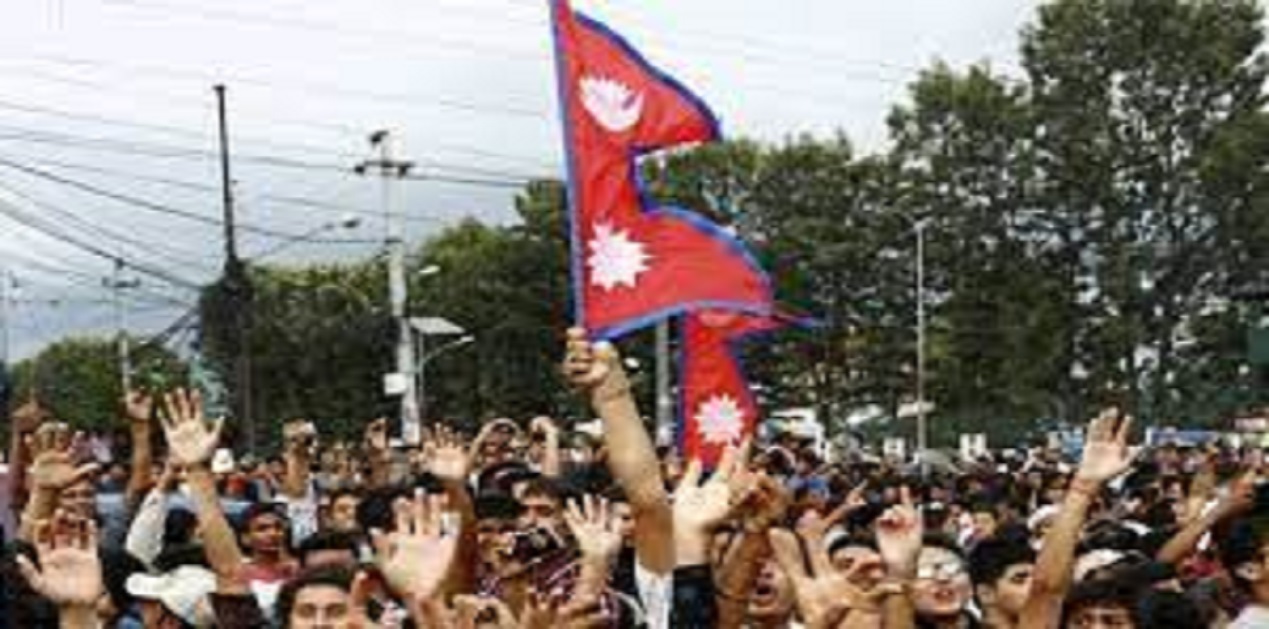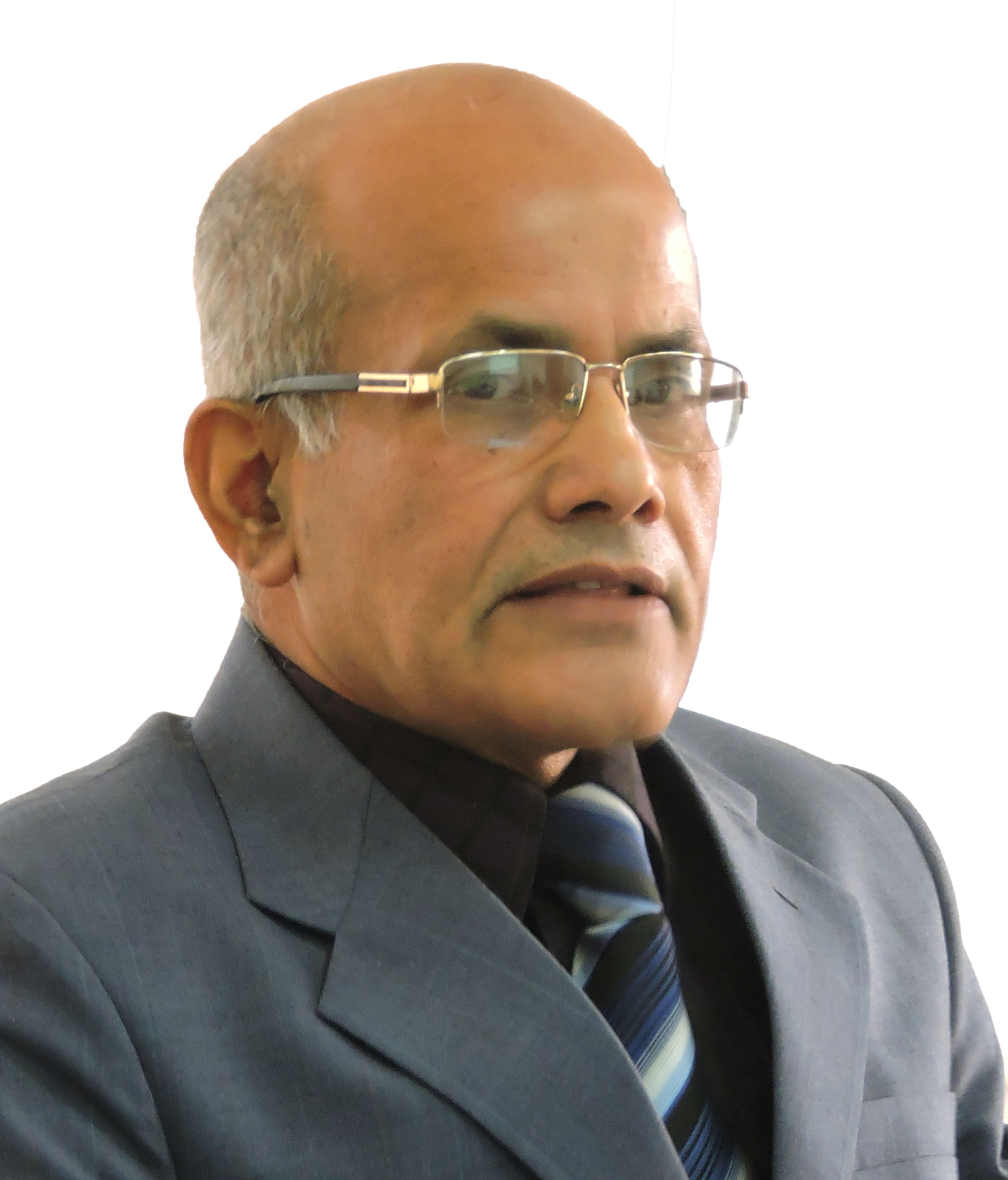A sizeable chunk of the population in Nepal, including the Madheshis, Janajatis and Dalits have been raising their concerns about an identity crisis. They feel that they are not being treated equally by the state in the matter of their representation in different layers of administration - be it in civil service, foreign service, executive bodies, security agencies and even in different political parties. To correct some of these anomalies, they want their identities to be recognized by the state. But since they have not been given adequate space at the decision-making level, their hopes are belied and discrimination against them continues.
The issue of identity crisis was raised most strongly by the marginalized communities like the Madheshis, Janajatis and Dalits constituting around 72 per cent of the Nepalese population during the period the current constitution of the country was being drafted in 2015. It was under their pressure that the country for the first time adopted a federal republic structure wherein provisions were made for a federal government at the center, apart from seven governments at the provincial level and 753 governments at the Village Council/municipal levels. However, even after nearly four or five years of the formation of these government bodies at different levels, a large section of the Nepalese population still feels a sense of identity crisis.
People belonging to marginalized communities have been experiencing this crisis because they suffer from a sense of insecurity about their future in the political system of the country. They are largely devoid of adequate representation at different layers of administration due to which, they are not the only ones losing out but the entire country is paying a price for it. The country could not benefit from the skills and talents of this vast mass of the Nepalese population.
The issue of identity crisis among the marginalized communities could have been addressed if the federal states in the country were formed on the basis of nationalities. But certain sections of the Nepalese decision makers often confuse that formation of federal states based on the nationalities might tend to disintegrate the country.
The fact, however, lies the other way around. Establishment of States on the basis of ‘nationalities’ in a sovereign country will only add to their integration with the mainstream and not otherwise. The marginalized communities would get a sense of belonging to nations within the territorial boundary of the country. There is nothing to fear with the word ‘nations’ as it is nothing but a cluster of individuals who happen to share identical cultures and traditions within the country.
Many countries, including the United States of America, Canada, Australia and even India have granted ‘States’ to the different nationalities, which has led to greater integration rather than disintegrated them. Understanding this fact, voices had been raised during the time of the Nepalese constitution was being framed to grant ten states to different nationalities like the Madhesh Pradesh, Tharuwan Pradesh, Limbuwan Pradesh, Kirat Pradesh, Newa Pradesh, Tamsaling Pradesh, Tamuwan Pradesh, Magarat Pradesh and Khaptad Pradesh, apart from one to the Dalits. Also, the government of Nepal had agreed with the leaders of Madhesh and possibly with some other nationalities as well, to grant autonomy to their respective regions. But such demands were not considered in the constitution drafting process. Overlooking this proposal, the seven-state model was incorporated in the constitution in which except for Province 2, none of the other states was formed based on ethnicity or nationalities. Now that Province 2 is named Madhesh Pradesh, which gives cultural identity to its people, it might have an impact in other regions of the country.
Historically, the founder of modern Nepal, Prithvi Narayan Shah had done so by defeating as many as 46 small principalities, apart from three Kingdoms in the Kathmandu Valley and a few others like Makwanpur State in the Terai region. This all had happened by 1769 A. D. Even though the geographical boundaries of the country were set by the King, the complete emotional and cultural integration is, regrettably, yet to happen. This yawning gap could have been filled if the new constitution had taken the bold and essential step to fulfill the aspirations of the different nationalities by structuring the federal states within the country on the basis of different nationalities and not in the manner this was done, ostensibly with the objective of maintaining the dominance of one ethnic group over the others!
The creation of the present federal system by deliberately overlooking the ethnic-cultural aspirations of the local people, only suggests that there has been no major change in the mindset of the ruling elites. The Centre still happens to hold most of the executive powers. In the realistic federal structure, the Centre discharges its functions merely as a facilitator rather than acting as the key actor. That role, in ideal federal system the world over, is played by the provincial governments and the local level bodies created thereunder.
But in Nepal, the provincial governments and the local bodies depend solely on the mercy of the Centre in the matter of mobilizing funds and getting civil servants for executing the administrative and development activities. Even on this front, the provincial and local governments do not get the needed support from the Centre. The federal system would have proved successful and more effective if the states were empowered enough to appoint civil servants on their own and had received sufficient funds for the execution of projects.
To bring in the marginalized communities into the mainstream, the formation of culturally pluralistic nations is more critical at this juncture than at any point in time in the past. These communities have acquired greater awareness of their identity, rights and also about their role in the decision-making level in planning, policy formulation and governance system in different layers of administration – be it in executive, legislative, judiciary, foreign and security agencies.
Hence, those who are at the helm of political affairs now should change their mindset and align themselves with the changes in the political system from the unitary form of government to the federal one and allow the different nationalities, including the ruling Arya-Khas group and also the marginalized Janjajati and Madheshi groups to decide their fate and future on their own in their respective regions in social, cultural, religious, economic and political affairs. Only such an arrangement in Centre-State-Local Bodies structure of administration, can strengthen human rights and democracy, apart from paving the way for making prosperous Nepal. This will be a win-win situation for both the advantaged and disadvantaged nationalities in the country.
(The paper is the author’s individual scholastic articulation. The author certifies that the article/paper is original in content, unpublished and it has not been submitted for publication/web upload elsewhere, and that the facts and figures quoted are duly referenced, as needed, and are believed to be correct). (The paper does not necessarily represent the organisational stance... More >>
Image Source: https://www.dnaindia.com/analysis/column-the-nepal-case-making-haters-out-of-neighbours-2153826











Post new comment